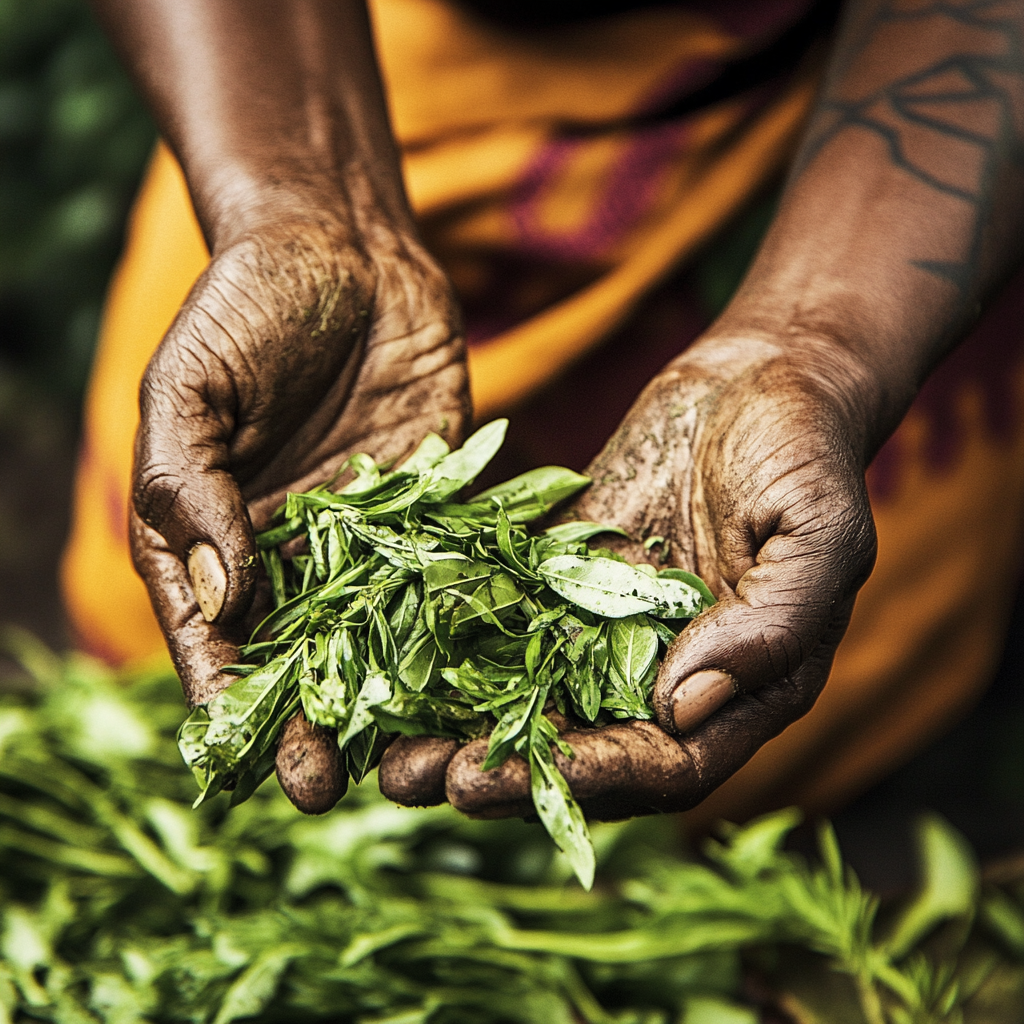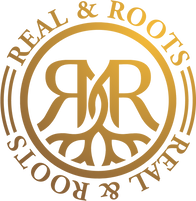Tradipraticiens and the Transmission of Knowledge: An Ancestral Heritage at the Service of Health

Traditional healers play a central role in the societies of many cultures around the world. They are the repositories of age-old knowledge about the use of medicinal plants and healing rituals. This knowledge, passed down from generation to generation, is not only a cultural treasure but also a source of inspiration for modern medicine, particularly in the field of ethnopharmacology.
The place of traditional practitioners in traditional societies
Traditional healers are often seen as respected and influential figures within their communities. They play a crucial role in ensuring the physical, mental and spiritual health of individuals, drawing on their in-depth knowledge of plants, spiritual practices and traditional therapeutic methods.
In Africa, for example, traditional practitioners are key players in primary healthcare. They often combine natural medicine with spirituality, attributing healing powers not only to plants, but also to sacred rituals. In Asia, Ayurvedic healers in India and practitioners of traditional Chinese medicine perform similar functions.
Knowledge Transmission: Informal but Rigorous Education
The transmission of traditional healing knowledge is mainly oral. Knowledge is passed down through informal channels, often within a family or small circle of disciples. This method ensures that only those deemed worthy and capable of understanding and practicing these techniques receive training.
Learning by observation: The apprentice carefully observes his master in his consultations and gradually learns to recognize plants, prepare remedies and apply treatments.
Transmission of rituals: Spiritual practices associated with care are also passed on, with an emphasis on respecting the forces of nature and spirits according to local beliefs.
Empirical knowledge: Knowledge is often based on centuries of experimentation and observation of the effects of medicinal plants on various ailments.
Ethnopharmacology: studying and valorizing traditional knowledge
Ethnopharmacology is a science that studies the traditional uses of medicinal plants and natural remedies around the world, with a view to discovering new therapeutic substances. By focusing on the knowledge of traditional practitioners, ethnopharmacologists seek to understand how certain plants are used in traditional medicine, while validating their efficacy using modern scientific methods.
Many pharmaceutical discoveries have their roots in traditional medicine. For example, aspirin, derived from the bark of the white willow (Salix alba), has been used for centuries in many cultures for its anti-inflammatory and analgesic properties. Scientists have now isolated the active ingredient, salicylic acid, and turned it into a modern medicine.
Healers and their knowledge of medicinal plants
Traditional healers use plants to treat a wide variety of ailments. Here are a few examples of plants and their uses around the world:
Artemisia annua (Annual Mugwort): Used for millennia in traditional Chinese medicine to treat fever, this plant is now recognized for its effectiveness against malaria. It contains artemisinin, an active compound that has revolutionized the treatment of this disease.
Neem (Azadirachta indica): This tree, native to India, is used in Ayurveda for its antiparasitic, antibacterial and antifungal properties. It is also recognized for its beneficial effects on the skin and as a remedy for diabetes.
Rauwolfia serpentina: a plant native to South Asia, traditionally used to treat hypertension and mental disorders. Its antihypertensive properties led to the discovery of reserpine, an alkaloid that has been used in modern medicine to treat high blood pressure.
Khat (Catha edulis): In many countries of the Horn of Africa and the Arabian Peninsula, this plant is chewed for its stimulating and euphoric effects. Although its use is controversial, it illustrates the importance of plants in local culture and traditional medicine.
Lapacho (Tabebuia impetiginosa): Native to the forests of South America, this bark is used in traditional indigenous medicine to treat infections, boost the immune system and even as a complementary treatment for cancer.
The Challenge of Preserving Traditional Knowledge
Globalization, urbanization and the modernization of healthcare systems are jeopardizing the transmission of this traditional knowledge. Many healers grow old without being able to pass on their knowledge to the next generation, for lack of disciples or institutional recognition. However, initiatives are developing to preserve this precious knowledge, notably through collaboration between ethnopharmacology researchers and local healers.
In Africa, for example, programs have been set up to list medicinal plants and document the practices of traditional practitioners, in order to protect and enhance them. The aim is to preserve this rich tradition while making it compatible with the demands of modern medicine.
A Bridge Between Tradition and Modernity
Traditional practitioners play an essential role in preserving ancestral knowledge of medicinal plants. Their contribution not only to the health of local communities, but also to the discovery of new medicines by modern science, shows just how valuable a resource traditional medicine remains. The transmission of knowledge is a collective responsibility, and it is crucial to recognize the importance of these healers in the global health landscape. By combining ethnopharmacology and traditional medicine, we can continue to explore the countless health benefits that nature has to offer.



